-
- Find Care
-
- Visitor Information
- Find a Location
- Shuttles
- Visitor Policies
-
-
- Our Virtual Care Options
- Virtual Urgent Care
- Virtual Visits for Primary & Specialty Care
- Online Second Opinions
- Participate in Research
-
- Contact us
-
- For Innovators
- Commercialization Guide for Innovators
-
-
- Research News
- Alzheimer's Disease
- Artificial Intelligence
-
- Overview
-
- Overview
- Getting Started
- New to Mass General Brigham
- International Patient Services
- What Is Patient Gateway?
- Planning Your Visit
- Find a Doctor (opens link in new tab)
- Appointments
- Patient Resources
- Health & Wellness
- Flu, COVID-19, & RSV
- Billing & Insurance
- Financial Assistance
- Medicare and MassHealth ACOs
- Participate in Research
- Educational Resources
- Visitor Information
- Find a Location
- Shuttles
- Visitor Policies
- Find Care
-
- Overview
- Our Virtual Care Options
- Virtual Urgent Care
- Virtual Visits for Primary & Specialty Care
- Online Second Opinions
-
- Overview
- Participate in Research
-
- Overview
- About Innovation
- About
- Team
- News
- For Industry
- Venture Capital and Investments
- World Medical Innovation Forum (opens link in new tab)
- Featured Licensing Opportunities
- For Innovators
- Commercialization Guide for Innovators
- Contact us
-
- Overview
- Information for Researchers
- Compliance Office
- Research Cores
- Clinical Trials
- Advisory Services
- Featured Research
- Two Centuries of Breakthroughs
- Advances in Motion (opens link in new tab)
- Brigham on a Mission (opens link in new tab)
- Gene and Cell Therapy Institute
- Research News
- Alzheimer's Disease
- Artificial Intelligence
-
- Overview
-
- Overview
- Residency & fellowship programs
- Brigham and Women's Hospital
- Massachusetts General Hospital
- Mass Eye and Ear
- Newton-Wellesley Hospital
- Salem Hospital
- Integrated Mass General Brigham Programs
- Centers of Expertise
- Global & Community Health
- Health Policy & Management
- Healthcare Quality & Patient Safey
- Medical Education
- For trainees
- Prospective trainees
- Incoming trainees
- Current trainees
- Continuing Professional Development
What Are the Warning Signs and Symptoms of Depression?
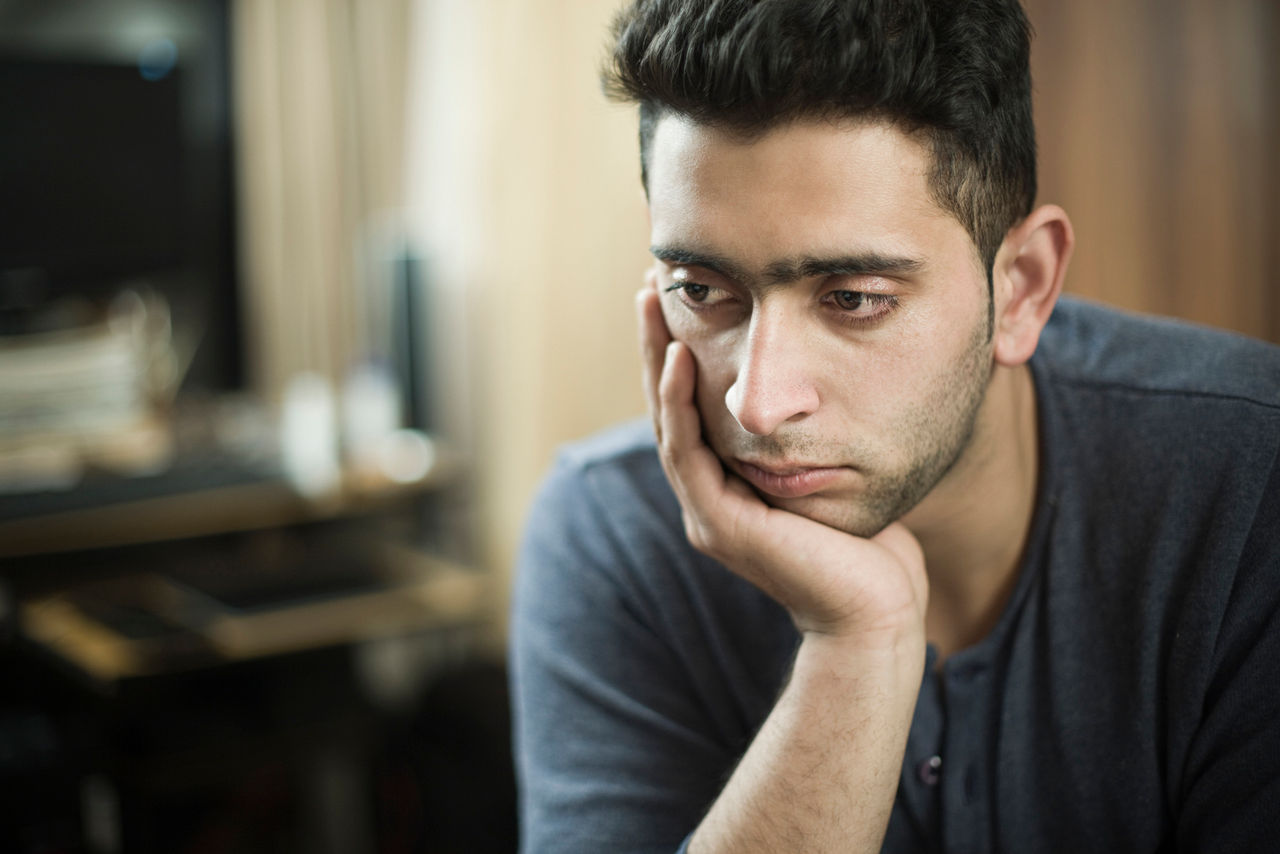
Content warning: Depression, self-harm, suicide, and substance use
Have you ever been left out of a joke? Maybe you walked into a group mid-conversation and suddenly, everyone was laughing and smiling. You missed the punchline, so you don’t really understand. You might smile or chuckle a little, but you’re not really moved like the rest of your group.
For many of the millions of people living with depression worldwide, life can feel just like that: A shared language that everyone speaks but them.
What is depression?
Depression, also called major depressive disorder, is a mood disorder that affects millions of Americans. According to the National Institute of Mental Health (NIMH), in 2021, an estimated 14.5 million U.S. adults aged 18 or older had at least one major depressive episode with severe impairment in the past year.
Depression is a common health condition that can easily become serious. It may lead to isolation, inability to function in work, school, family, or social environments, and, in extreme cases, suicide. And even though it can feel different to different people, there are common signs and symptoms that can signal that any given person is struggling with depression or another mental illness.
If you believe that you or a loved one might be struggling with depression, you may be feeling lost, scared, or helpless. The situation you’re facing is difficult — but, according to Emily Mae Sullivan, DO, a Mass General Brigham psychiatrist, there is hope.
Dr. Sullivan treats patients with different mental illnesses and mood disorders, including depression. And in her experience, people living with depression can get better and go on to live fulfilling lives.
“I’ve always been interested in mood disorders,” Dr. Sullivan explains. “They’ve sort of been my favorite thing to treat, because you can get a nice response out of people. Unfortunately, you’re often working with patients at their lowest, but it’s so good to see people get better and really get back to their lives.”
In this article, Dr. Sullivan discusses the signs and symptoms of depression across ages and genders, describes the best steps to take if you suspect you or a loved one is struggling with depression, and explores available resources for those ready to receive support.
What are the signs and symptoms of depression?
When it comes to understanding mental illness, it’s important to begin at the Diagnostic and Statistical Manual of Mental Disorders (DSM). Mental health professionals use the DSM to classify and diagnose mental disorders.
According to the DSM, the symptoms of major depressive disorder include:
- Depressed mood
- Loss of interest/pleasure
- Weight loss or gain
- Trouble sleeping or sleeping too much
- Moving or speaking faster or slower than usual
- Fatigue
- Feelings of guilt or worthlessness
- Difficulty concentrating or making decisions
- Suicidal thoughts
“Having a low mood is the most obvious symptom,” Dr. Sullivan explains. “One of the most common symptoms I hear from people is that they’re not very motivated to do things. Work can take a hit while people are not able to keep up with the productivity — for example, when sleep is impaired. There’s also the tendency to isolate: People who normally would spend time with their family and friends suddenly withdraw and isolate. They may also eat less or be disinterested in food.”
Beyond its impacts on mood and energy, depression has been known to impact physical health and comfort. “One thing that can happen in depression is that the mind starts to perceive pain in places it hadn’t before,” says Dr. Sullivan. “For example: Feeling achier, having more intense pain in areas where you previously had an injury, and worsening chronic pain are all possible. There are a lot of other symptoms that can show up in the body with depression, too, like constipation or stomach upset.”
Although the DSM outlines a set of symptoms and warning signs of depression, the truth is that depression doesn’t look the same in each patient. And although many of these differences are deeply personal, there are some trends in symptoms that show up across age and gender.
Signs of depression in women
Research shows that women are twice as likely as men to experience depression. And although depression tends to present similarly for both men and women, there are some symptoms that experts notice occur more in women.
Different women will experience different symptoms of depression, but there are some symptoms worth pointing out. For example: “It’s more likely for women to show atypical signs of depression,” says Dr. Sullivan. “When we look at the typical symptoms of depression, we see reduced sleep and reduced appetite. While many women do experience those more “typical” symptoms, women are more likely than men to experience symptoms like an increase in appetite and an increase in sleep.”
Other symptoms women commonly experience include:
- Rapid mood swings
- Thoughts (or attempts) of suicide and/or self-harm
- A total loss of interest or enjoyment in activities they once loved
Signs of depression in men
Depression can appear differently in men than it does in women; it can also look different between men. Some of the more common signs of depression in men include:
- Anger
- Irritability and/or aggression
- Engagement in high-risk activities, such as excessive drinking, unsafe sex, and self-harm
- Thoughts of suicide or suicide attempts
- Aches and pains
- Inability to concentrate or remember details
Signs of depression in elderly people
The first sign of depression in older adults tends to be a decrease in, or lack of, interest in beloved activities. But it’s important to note that often, elderly people with depression won’t discuss their low moods — and this, combined with the fact that their depression often shows up in physical symptoms, can make it hard to accurately diagnose their depression.
Dr. Sullivan adds, “In older adults, there is more of a phenomenon of what we call anxious depression. These are folks who have often struggled with depression much of their lives; as they age into older adulthood, the anxiety seems to worsen.”
Some other common symptoms of depression in the elderly can include:
- Irritability
- Frustration
- Minimal or impaired sleep
Signs of depression in teens
“Depressive symptoms tend to start during the teenage years, then evolve,” explains Dr. Sullivan. “This can manifest in behaviors like withdrawal from a friend group, missing school, not wanting to spend much time talking to parents, close guardians, or other people who have been important in their lives.”
Withdrawal in teens with depression can seem sudden, Dr. Sullivan says. “Somebody who’s got a vibrant social life, for example, suddenly isn’t interested in seeing their friends.”
Other symptoms of depression common to teens include:
- Sadness, including crying for no obvious reason
- Use of alcohol or drugs
- Restlessness
- Self-harm
- Sudden, poor performance in school
Signs of depression in children
“Young children tend to present with more anxiety,” says Dr. Sullivan. “Anxiety is often one of the biggest signs that could indicate depression down the road — though it doesn’t necessarily mean they’re going to develop mood symptoms.”
Children can develop depression for several reasons, from family history to environment, physical illness, and stressful or traumatic life events. Common signs of depression in children include:
- Issues with behavior at school
- Mood changes
- Fatigue
- Lack of interest in pleasurable activities
Addressing depression in a loved one
One of the more difficult aspects of depression is that it can be difficult to address. Some people may not realize they’re struggling for months or more; others may not be open to treatment. What’s the key to helping someone who doesn’t want to be helped?
“The phrase ‘meet them where they’re at’ is so important here,” explains Dr. Sullivan. “Not everybody is in a place where they feel like they can pursue treatment. Some of it is related to a limited access to means, and some of it is related to a stigmatized feeling. Be open to listening to their experience and maybe slowly planting seeds: ‘Hey, I read this article;’ ‘there’s this type of therapy you could try;’ — just think it through with them.”
Seeking treatment for depression
If you believe you may be struggling with depression, or a loved one has asked for help in pursuing mental health treatment, the best place to start is with a primary care provider (PCP).
“Our primary care providers often treat more depression than psychiatrists do,” says Dr. Sullivan., “So you can use your own words to tell your PCP what’s going on. You don’t necessarily need to say you are depressed; you can explain that your behavior is changing: ‘I don’t want to do these things I used to really enjoy,’ ‘I’m having negative thoughts about myself.’ Finding a psychiatrist can be very daunting, but you can talk to the care team you already have. They can really respond to these struggles.”
There are many other resources available for those interested in learning more about depression:
- Substance Abuse and Mental Health Services Administration (SAMHSA) National Helpline: SAMSHA provides a free, confidential service year-round to support people with mental health conditions and substance use disorders.
- National Institute of Mental Health (NIMH): The lead federal agency for research on mental health disorders provides patient education resources and research updates.
- National Alliance of Mental Illness (NAMI): The United States’ largest grassroots mental health organization is dedicated to building better lives for the millions of Americans affected by mental illness.
Over the past few years, rates of depression and anxiety seem to be on the rise. But, as Dr. Sullivan explains, there is a silver lining: Rising awareness of these issues has helped destigmatize mental illness and are paving the way for more resources and support.
“We still don’t have enough psychiatrists and therapists available, but I think mental health being in the conversation has been a huge change,” Dr. Sullivan says. “It’s something we haven’t really seen in the past where there are all these TV shows talking about it, news shows talking about it — more people are talking about depression. That has really helped drive the conversation forward.”
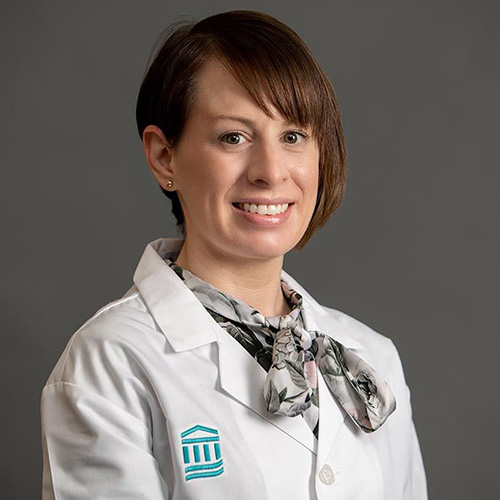
Contributor
Related articles
-
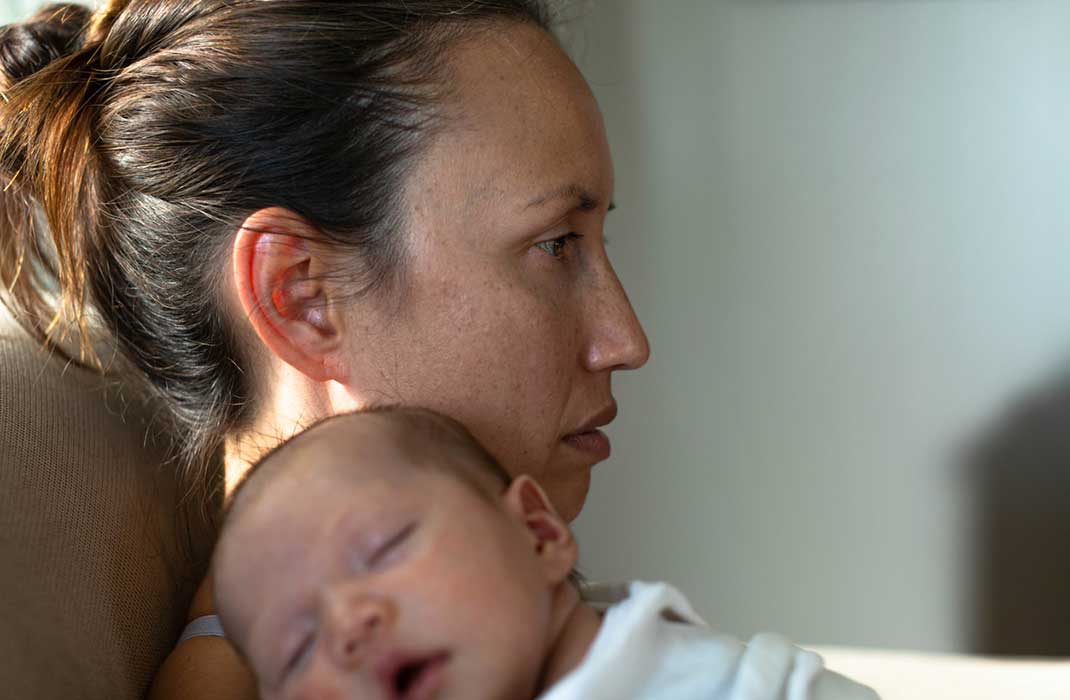
published on
-

published on
-
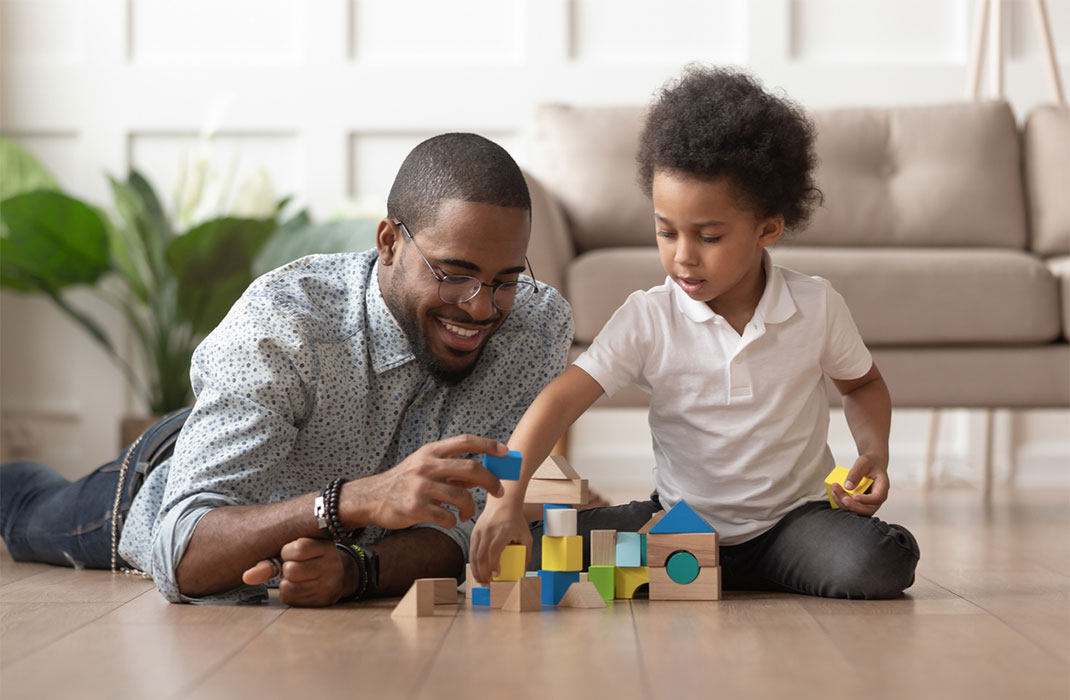
published on
-
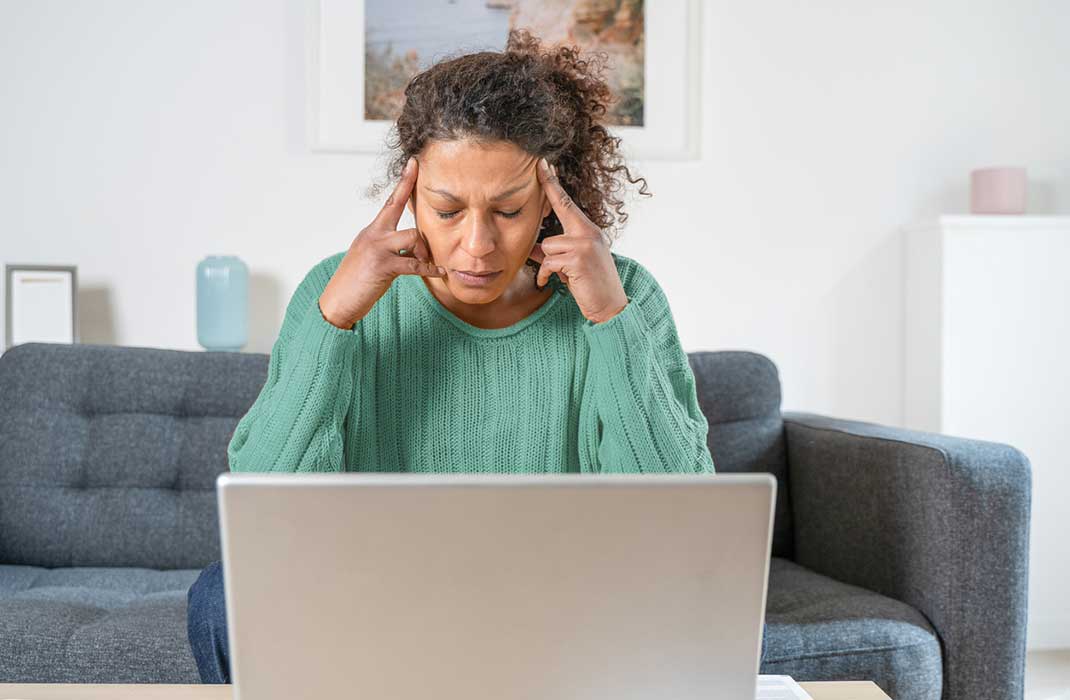
published on
-
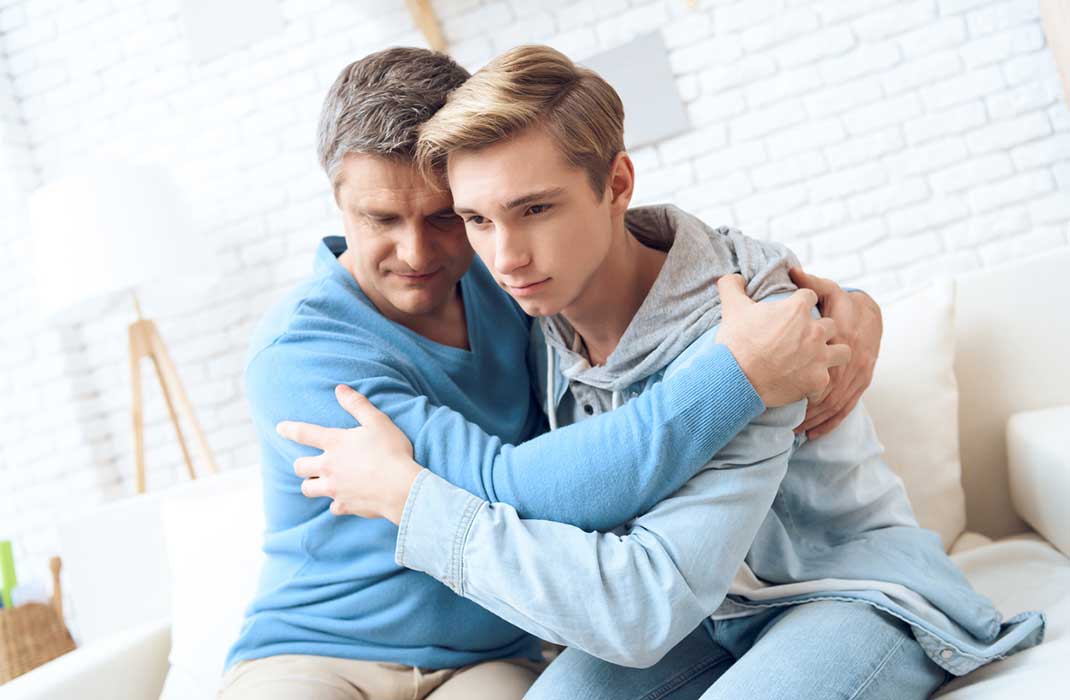
published on
-
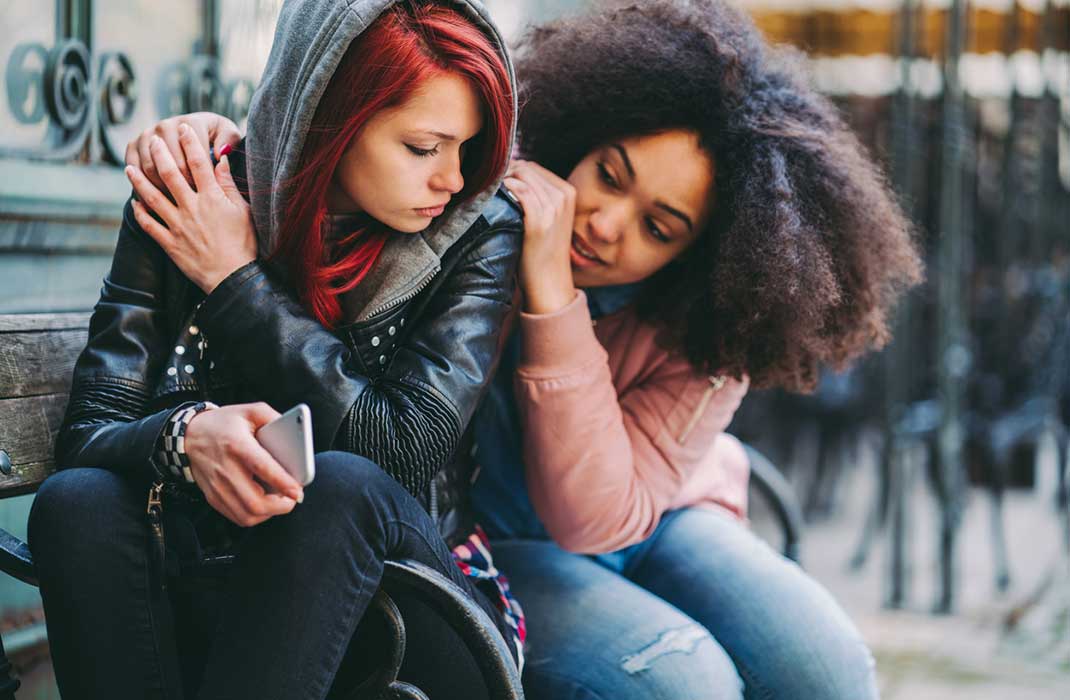
published on
-

published on
-
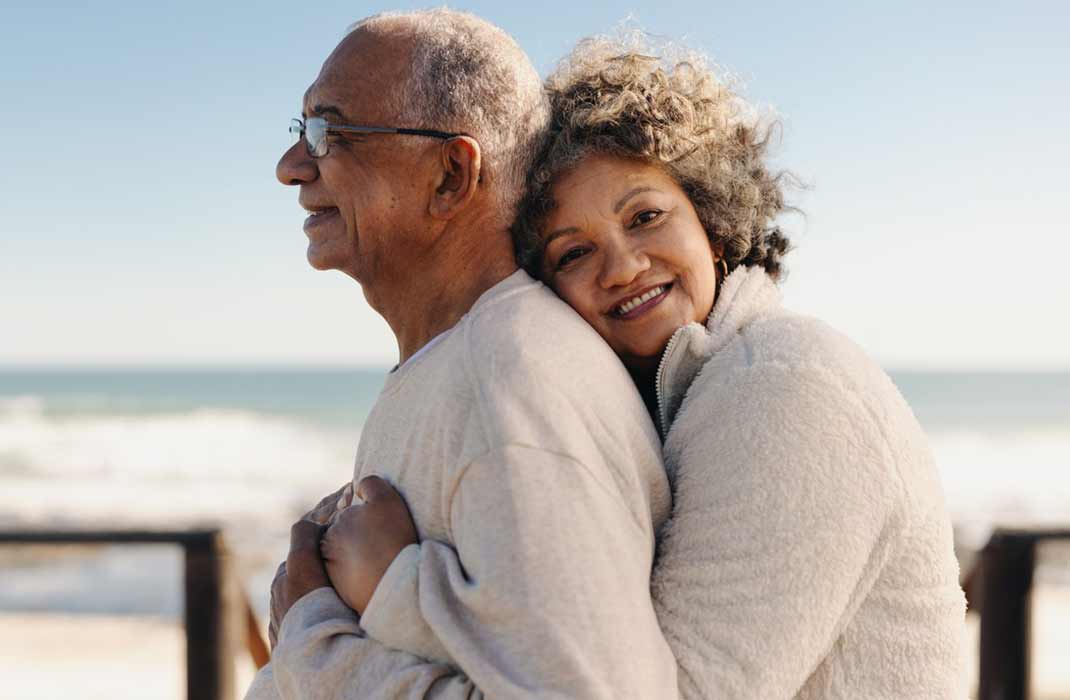
published on
-

published on